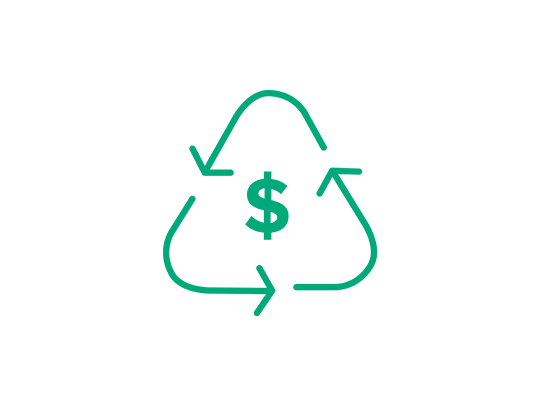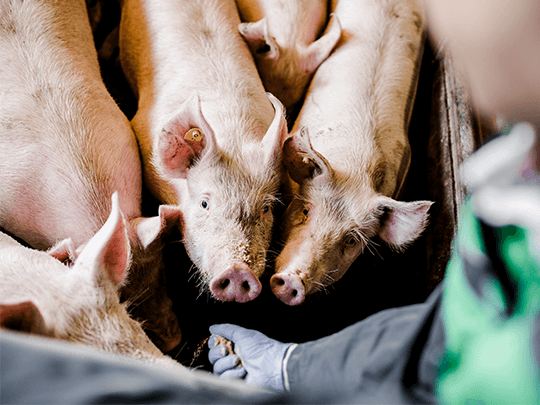The power of nature: Working in favor of feed cost optimization
Across the globe, the increase in feed costs has created a worrying scenario for companies that depend on animal production. In the last few months, the price of the two primary commodities for producing feeds for farm animals, soybeans and corn, has increased dramatically following the firm demand for these grains in the international market. As a result, the direct impact on the cost of feed has risen by between 40 and 60%, compared to the same period in the previous year. This depends on the species and country where the feed is produced. Get to know in this article on how phytogenics can be beneficial for feed cost optimization.

Seeking a way out of the feed cost increase
Due to this evolution in most markets, the prices of final products of animal production, such as meat, milk, and eggs from different species, have not been able to keep up with these cost increases. Thus putting at risk the viability and economic sustainability of the producing companies. This scenario creates an imperative search for solutions, that guarantee the mitigation of the impact of the feed cost without affecting the animals' productive parameters.
In this ruthless market context, understanding the reasons that somehow reduce the maximum use of such expensive nutrients in feed is primary and vital. One of the biggest obstacles in the different productive systems is closely related to the use of nutrients from the diets that are offered to animals. Hence, from aspects related to the quality of the raw materials that make up the feed, how it is provided and consumed by animals, up to how the present nutrients are digested, absorbed, and deposited, everything must be minutely checked and optimized.
To this end, it is up to these herds' nutritionists to identify the bottlenecks of the animals' feed efficiency and, then, employ proven technologies that turn these challenges into real opportunities for economic gains when formulating their rations. In this sense, phytogenic feed additives have become one of the most valuable tools for solving this complex equation.
Understanding the relationship between feed efficiency and feed cost

In general, it is well known that animals cannot retain all the nutrients provided via feed. So, didactically, each nutrient has two very clear fractions: that part "naturally" digestible and deposited in the form of animal protein of zootechnical interest (meat, milk, eggs, etc.) and, consequently, another indigestible part or even that is lost/diverted by the metabolism of animals. In an overall view of nutrients, the ratio between these two fractions corresponds to the feed efficiency. But how to improve the feed cost optimization?
Efficiency is key

Based on the expected nutrient utilization level, it is possible to determine the amount of essential nutrients needed to be supplied through the feed to reach a certain level of zootechnical performance, given a particular species, breed, production stage, rearing conditions, etc. However, if this efficiency is somehow improved, the feed's nutritional density can be reduced proportionately without impairing the performance.
This means, if part of those nutrients that were not adequately used by the animals' digestion and metabolism starts to be effectively transformed into the zootechnical interest protein, there is a reduced requirement of essential nutrients in feed.
The dietary density of essential nutrients, particularly those that provide protein, energy, and some macro-minerals, is the main responsible for the feed formulation cost. In fact, they lead the incorporation of more nutritionally concentrated raw materials (for example, soybean meal, oil/fat, phosphate, etc.), notably the most expensive ones, as well. Therefore, technologies that can effectively improve the feed cost optimization of animals have, in turn, the potential to reduce the demand for feed ingredients with high market value and, consequently, the feed cost.
In the second thus final part of this article, we will introduce you to a possible solution regarding feed efficiency in livestock. Too much is not yet revealed but only this in advance: all-natural and a promising future ahead.

Roberto Montanhini Neto
Veterinary doctor, with MSc. and Ph.D. in veterinary sciences, and with relevant experience in leading integrations, premix and feed additives companies. With more than 18 years of experience in the Brazilian and international markets, always focused on developing animal nutrition and feed production projects, especially poultry, swine and aquaculture. Has been working for Delacon since 2018, and currently holds the position of Global Unit Lead, Monogastric.











Great overview and clear explanation - Thank you
I love to read your articles. I am learning so much.